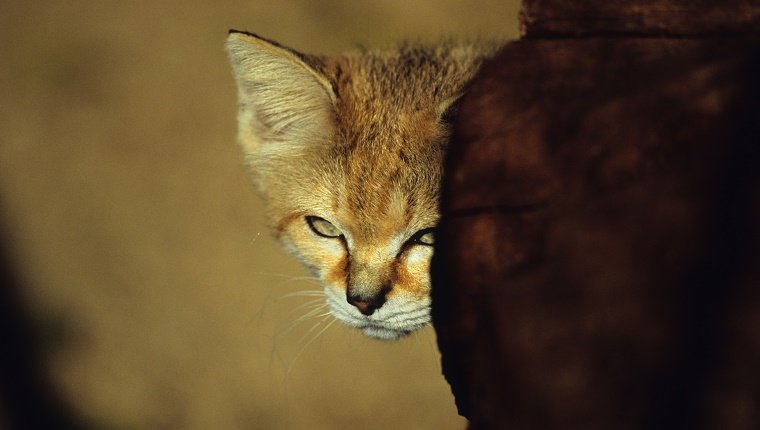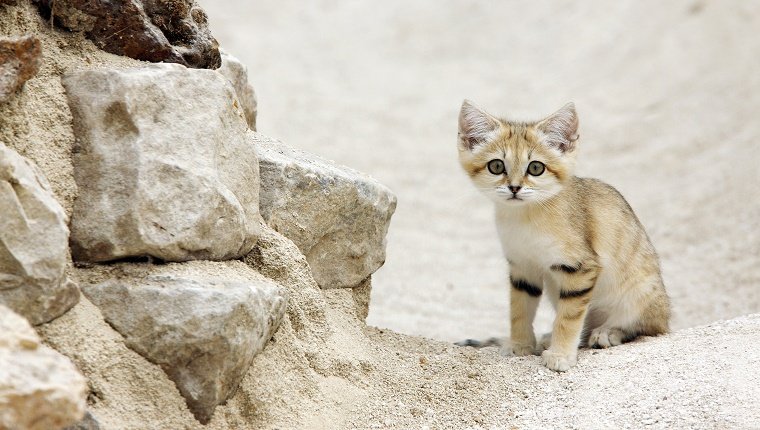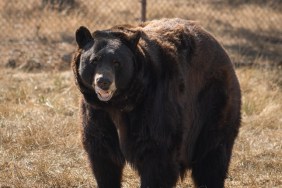The Arabian sand cat, or Felis margarita harrisoni for you Latin fans, hasn’t been seen in the wild in a long time. These rare cats are listed as “near threatened” on the International Union for Conservation of Nature’s list of threatened species, and their elusive nature makes them very hard to observe. But thanks to a camera trap survey by scientist Shakeel Ahmed, sand cats have been photographed in the wild for the first time in 10 years.

Sand cats are great at not being seen. They hunt nocturnally and have fur on their foot pads that protects their feet, which means they don’t leave good paw prints in the sand, making them hard to track. Sand cats also burrow to escape the harsh temperatures of the desert, and they only get to be about 4 to 8 pounds when they’re fully grown. All of that means that spotting them is a bit like looking for a needle in a large, dry, sandy haystack.

The Arabian sand cat may look adorable, but don’t be fooled. They are wild predators, and they survive and stay hydrated by preying on smaller creatures and drinking their blood. They are a valuable part of the ecosystem, but their habitat and food sources are starting to disappear. Scientists hope that by observing them, they’ll be able to create a more stable environment for them to live.
What do you think of the Arabian sand cat? Are you happy to see that scientists are working to save them? Let us know in the comments below!
Related Articles:
House Cat Mistaken For Mountain Lion Causes Panic In San Mateo, California
Bobcat Kitten Adopted By Mama Cat Grows Up Happy And Healthy









